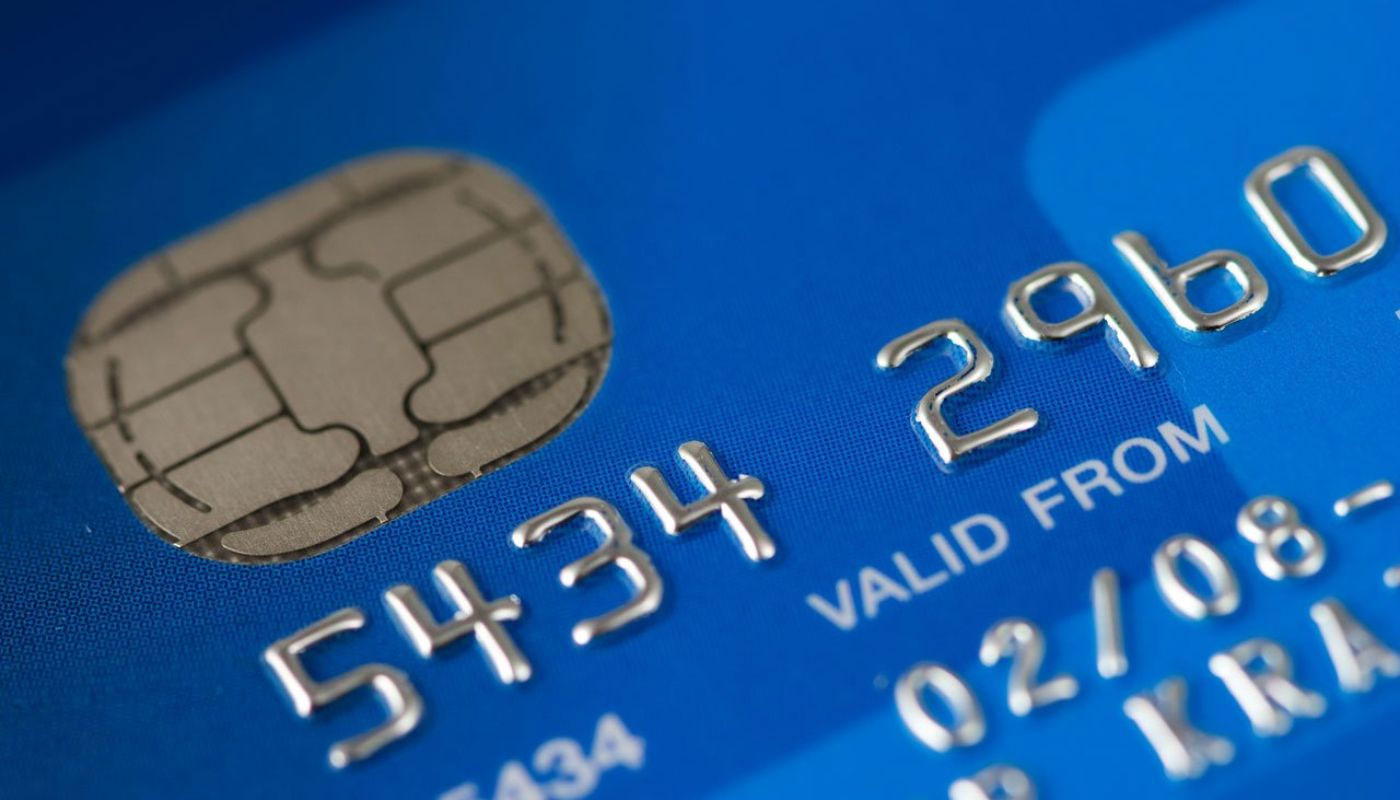What is the difference between Issuer and Acquirer BIN and CAIDS?
Are you confused about the terms ‘issuer BIN’, ‘acquirer BIN’, and ‘CAIDs’? You’re not alone. These terms are commonly used in the payment card industry, but many people struggle to understand their differences. In this article, we will unravel the mysteries behind these terms and clarify what sets them apart.
Understanding BIN (Bank Identification Number)
When it comes to payment cards, the term ‘BIN’ stands for Bank Identification Number. It is a unique identifier that helps identify the bank or organization that issued the card. The BIN is the first six digits of a card number and plays a crucial role in payment processing.
The role of BIN in payment processing
The BIN is used during the authorization process to determine the card’s issuing bank or organization. This information is essential for routing the transaction correctly and ensuring that the payment is processed smoothly.
Furthermore, the BIN helps in fraud prevention and detection. By analyzing the BIN, payment processors can quickly identify potential fraudulent transactions and take appropriate action to protect the cardholder and the merchant.
Importance of issuer BINs for cardholders
Issuer BINs are particularly important for cardholders. When making a purchase, the issuer BIN is used to verify the card’s authenticity and determine if it’s valid for use. It helps prevent unauthorized transactions and protects cardholders from potential fraud.
Additionally, the issuer BIN provides valuable information to cardholders, such as the type of card (debit, credit, prepaid), the issuing bank, and the card’s country of origin. This information can be useful for cardholders to understand their card’s features and benefits.
How acquirer BINs facilitate payment acceptance
While issuer BINs are associated with the cardholder, acquirer BINs are related to the merchant. An acquirer BIN refers to the first six digits of a merchant account number, indicating the acquiring bank or financial institution.
Acquirer BINs play a crucial role in facilitating payment acceptance for merchants. When a customer makes a payment, the acquirer BIN is used to route the transaction to the correct acquiring bank or financial institution. This ensures that the funds are deposited into the merchant’s account promptly.
Furthermore, acquirer BINs help in identifying the merchant’s industry and category. This information is important for various purposes, such as determining transaction fees, monitoring risk, and ensuring compliance with regulatory requirements.
Overview of Issuer CAIDs (Card Account Identifier)
CAIDs, on the other hand, refer to Card Authentication Initialization Data. These are unique values encoded on the payment cards’ chips and play a key role in card authentication during transactions.
The significance of CAIDs in cardholder transaction tracking
CAIDs are used to authenticate the payment card during transactions. When a card is inserted into a payment terminal or tapped on a contactless reader, the CAID is read by the terminal to verify the card’s authenticity.
CAIDs are particularly important for cardholder transaction tracking. They help in associating a specific card with the cardholder’s account, allowing for accurate tracking of transactions. This information is crucial for various purposes, such as fraud detection, dispute resolution, and financial reporting.
Differentiating Issuer BINs and CAIDs
While both issuer BINs and CAIDs are associated with payment cards, they serve different purposes. The issuer BIN identifies the issuing bank or organization, while the CAID helps authenticate the card during transactions.
Issuer BINs are primarily used for routing and identifying the cardholder’s issuing bank, while CAIDs are used for authentication and transaction tracking.
Examples of Issuer and Acquirer BIN and CAID formats
Issuer BINs and CAIDs have specific formats that vary depending on the card brand and issuing bank. Here are some examples:
- Visa issuer BIN format: 4XXXXX
- Example: 412345
- Mastercard issuer BIN format: 5XXXXX
- Example: 512345
- American Express issuer BIN format: 3XXXXX
- Example: 312345
- Discover issuer BIN format: 6XXXXX
- Example: 612345
Acquirer BINs also have specific formats, but they are typically different from issuer BINs. Here’s an example:
- Acquirer BIN format: 9XXXXX
- Example: 912345
Conclusion
Leveraging issuer and acquirer BINs and CAIDs for secure payments
In conclusion, understanding the differences between issuer BINs, acquirer BINs, and CAIDs is essential for anyone involved in the payment card industry, such as merchants, financial institutions, and payment processors.
Issuer BINs play a crucial role in verifying card authenticity, protecting cardholders from fraud, and providing valuable information. On the other hand, acquirer BINs facilitate payment acceptance for merchants, ensuring that funds are deposited correctly.
CAIDs are instrumental in card authentication during transactions and enable accurate tracking of cardholder transactions. They contribute to fraud prevention, dispute resolution, and financial reporting.
By leveraging issuer and acquirer BINs and CAIDs, the payment card industry can ensure secure and efficient payment processing, benefiting both cardholders and merchants alike.
So, the next time you come across these terms, you’ll have a clear understanding of their differences and significance in the world of payment cards.

